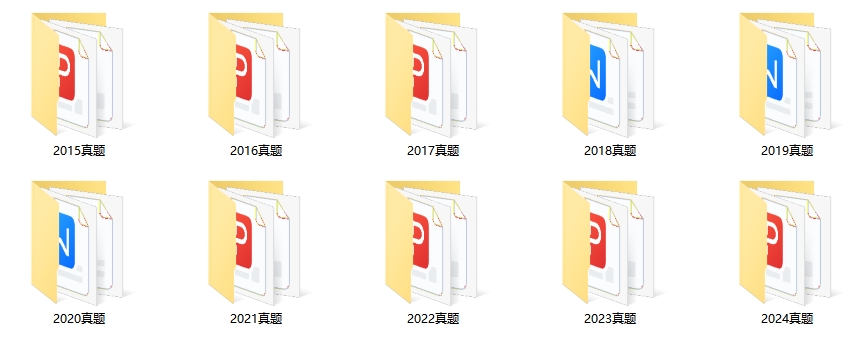MCM/ICM(Mathematical Contest in Modeling / Interdisciplinary Contest in Modeling)是全球范围内最具影响力的数学建模竞赛之一,由美国数学及其应用联合会(COMAP)主办,每年举办一次。
一、MCM/ICM竞赛题目
MCM/ICM竞赛题目分为6个类别,涵盖不同领域,学生需从中选择一个进行建模与解决:
MCM 问题 A(连续模型)
涉及连续变量的数学建模问题,通常需要微分方程或优化方法。
MCM 问题 B(离散模型)
主要涉及离散变量的模型,重点考察离散数学、图论等知识。
MCM 问题 C(数据洞察)
需要通过数据分析和可视化技术,从大规模数据中提取信息并建模。
ICM 问题 D(运筹学/网络科学)
涉及网络优化、路径规划等运筹学领域的问题。
ICM 问题 E(可持续性)
关注环境和可持续发展领域的问题,如能源管理、资源分配等。
ICM 问题 F(政策建模)
涉及社会科学和政策研究,要求学生从数据和模型中提出政策建议。
二、MCM/ICM考试内容
MCM/ICM竞赛跨越多个学科领域,主要考察以下知识点:
数学
微积分、线性代数、离散数学、概率与统计等。
常微分方程、优化理论、图论等高级数学知识。
计算机科学
算法设计与分析、编程能力(如Python、MATLAB、R等)。
数据处理与可视化工具的应用。
英语
阅读、写作和表达能力是竞赛报告撰写的重要部分。
报告需结构清晰、语言流畅且逻辑严谨。
跨学科知识
根据具体问题,可能涉及自然科学、工程学、经济学、社会科学等领域的知识。
三、赛前准备
1、比赛前 - 队伍准备
我们鼓励顾问和教师 在 比赛开始 前对学生进行指导和准备。COMAP 提供多种资源:
a. 访问 MCM/ICM 网站并查看规则、指南和往年的问题。
b . 访问 www.mathmodels.org 查看往年的问题和解决方案。
c . 访问 /undergraduate/contests/resources/index.html ,即 MCM/ICM 文章、资源和链接页面。
d .指南部分 中的 MCM/ICM 资源指南为学生和顾问提供了比赛前、比赛中和比赛后的建议。
e . 阅读夏季和秋季 UMAP 期刊 MCM 和 ICM 文章,其中包括 MCM 和 ICM 的主任文章和评委评论。这些文章描述了评委在解决方案的各个部分中寻找的内容。






